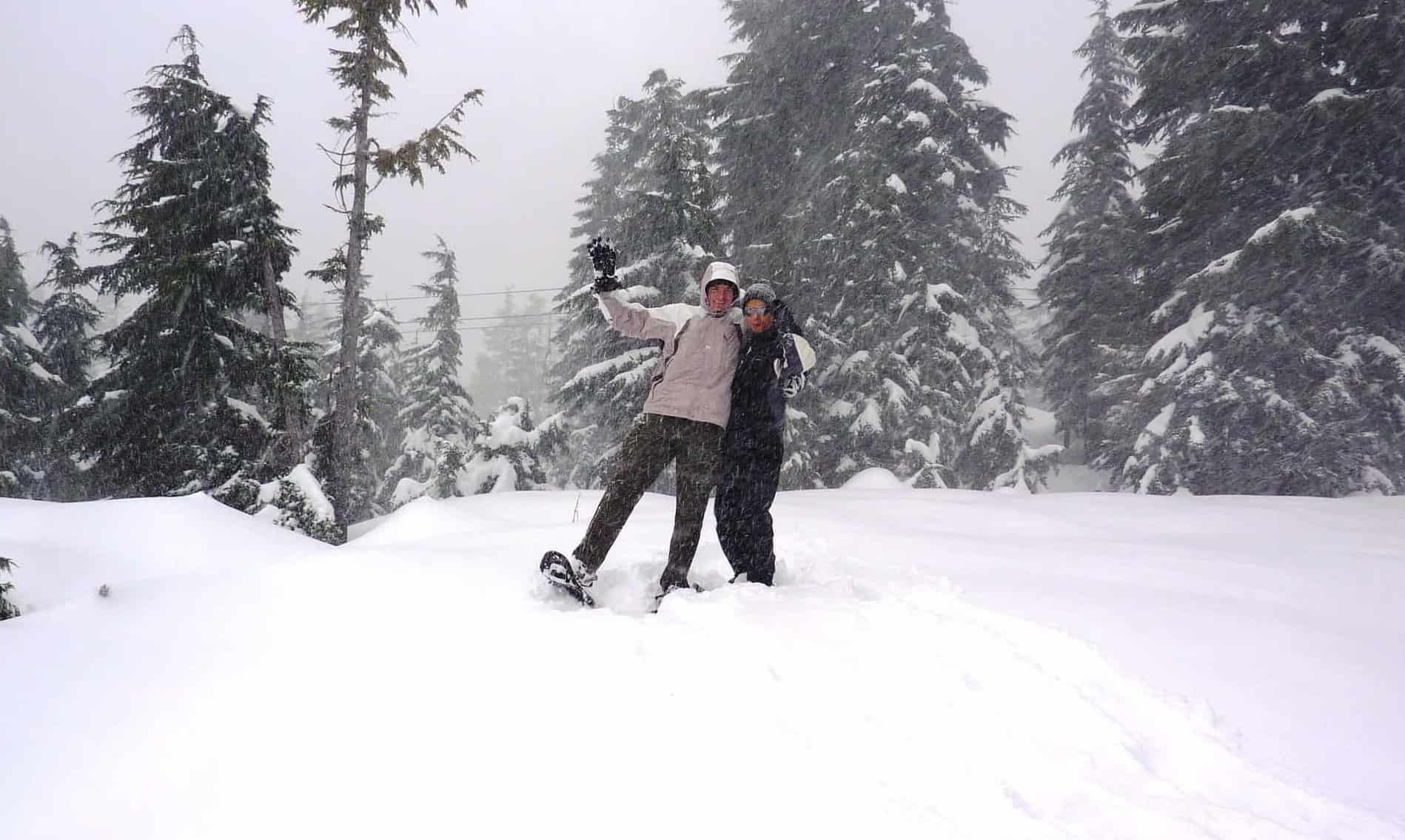Additionally, wearing the right footwear is crucial to enjoying your snowshoeing experience. Whatever you wear on your feet needs to meet the following requirements:
- They are comfortable enough and fit well enough for you to do vigorous exercise while wearing them.
- They will keep your feet warm and dry. Usually, this means you should have something waterproof.
It would be a shame for your foray into snowshoeing to be ruined by cold, uncomfortable or wet footwear.
So, before you buy snowshoes, decide what shoes you will wear.
In fact, great options include snowboarding boots, general use snow boots, waterproof hiking boots, or, for some hearty souls, waterproof trail running shoes paired with waterproof gaiters.


Comments are closed.